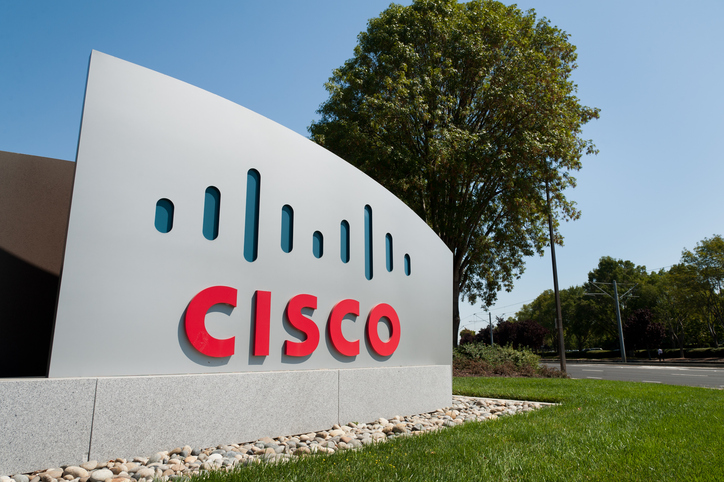If you’ve been listening to all the hype and watching the success of Amazon Web Services, LinkedIn, Salesforce, iCloud, and many others you could easily assume that all computing is done in the cloud.
As more and more enterprises move away from IT systems, it’s easy to assume that everyone is in the cloud, and that no one installs software anywhere anymore.
However, people would be wrong. Businesses with sensitive and or confidential data – which is just about every business – are not so quick to put their data in the cloud as many companies fear the security of their business could be compromised.
>See also: 4 practices in IoT software development
Clients often ask me whether they should take a new solution in-house or host it in the cloud. The answer is often twofold, as the cloud possesses many benefits but significant risks as well, but always reply, “It depends on your business.”
For those who find themselves in a similar circumstance, here are questions to help you assess whether or not you should access your software in-house or through the cloud.
- Where are my users located?
- How many users do we have?
- What is the risk level?
- How much does it cost over the next 3-5 years?
Where are my users located?
Are they on or off premise? Cloud solutions tend to be easier to access off-premise because you can login from anywhere you have an internet connection – which nowadays, is just about everywhere.
This makes access much easier for remote employees or those who travel. If your team spends most of their time on–premise then an installed solution is a viable option.
How many users do we have?
Typical software pricing models are based on the number of users for both Cloud and Enterprise. However, when you take a solution in-house, there are additional set-up costs that your company will bear.
>See also: Gartner: 3 ways to cut software costs
They include but are not limited to: IT staff, physical space, hardware, connectivity, security, supporting software applications and then the actual software product itself.
If you are deploying a system for a smaller user base, say under 300 users, then the expense and time of the set-up and configuration is probably not worth it.
What is the risk?
How sensitive are the files stored and the transactions processed through this solution which you are considering? Most cloud solutions offer security compliance protocols, for example HIPAA, SOC1/, ISO 27001 to name a few as part of their service. And it might be easier to get that on-demand than set it up yourself in-house.
However, mission critical trade secrets, intellectual property, product research and development plans are considered highly confidential, and put the success of your business at risk–and should they fall into the wrong hands could consequently be detrimental to your business.
In that case, take it in-house as in the long run it’s worth the investment, whereas if your solution is handling sales and marketing materials, i.e. typically materials that are shared in public are less risky so implementing a cloud-based solution would be fine. In summary, high risk stays in-house. Low risk can go in the cloud.
Cost
Everything always comes down to money. Run a cost analysis comparing in-house with cloud, over a period of three to five years. When estimating in-house costs, remember to include the costs of infrastructure: supporting hardware, software, connectivity, space and IT personnel who will be responsible for set-up, updates and on-going maintenance.
>See also: The 7 most dangerous myths of software security
With an in-house solution there will be higher set-up costs, but they will amortise over time. With an on-demand SaaS, there are nominal if any set-up fees, but recurring cost remains consistent. When you compare over a longer period of time, it might cost more.
You certainly can’t deny the many benefits and continued progression of cloud-based solutions, but when you take an objective look at the cost, risk and convenience of taking a solution in-house compared to leaving on a service provider’s cloud, the decision will be obvious.
Sourced by AlexAnndra Ontra, co-founder of Shufflrr










